How to Choose the Best Vinyl Patio for Your Outdoor Space
When considering the perfect addition to your outdoor space, the choice of a vinyl patio emerges as a highly beneficial option. According to a 2021 report by the National Association of Home Builders, vinyl materials have seen a significant rise in popularity among homeowners, primarily due to their durability and low maintenance requirements. Vinyl patios, in particular, offer an appealing blend of aesthetics and functionality, making them a top choice for enhancing outdoor living areas.
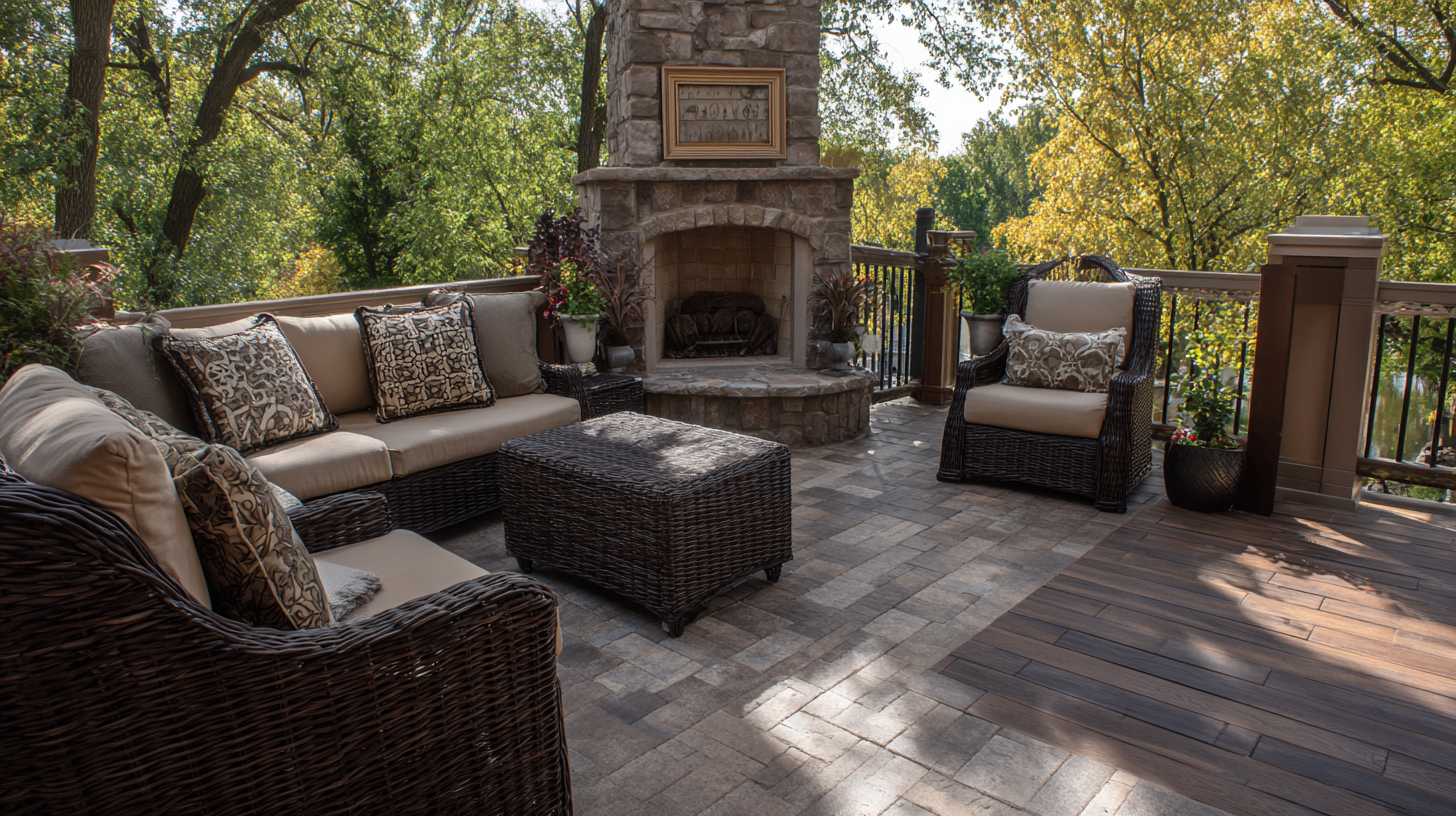
Not only do vinyl patios provide excellent resistance against weather elements, but they also come in a variety of styles and colors, allowing for customization that can complement any home design. With the outdoor living market expected to grow by 6.1% annually, choosing the right vinyl patio can greatly enhance not just the appearance, but also the value of your home.
Understanding Different Types of Vinyl Patio Materials for Your Space
When choosing the best vinyl patio for your outdoor space, it's essential to understand the different types of vinyl materials available. Vinyl patios are popular for their durability and low maintenance, making them an ideal choice for homeowners. According to the Vinyl Siding Institute, approximately 30% of new home builds in the U.S. feature vinyl materials, underscoring its widespread acceptance due to weather resistance and versatility.
There are primarily two types of vinyl patio materials: solid vinyl and laminated vinyl. Solid vinyl is renowned for its sturdiness and resistance to fading, while laminated vinyl provides a more customizable aesthetic with a range of colors and textures. The National Association of Home Builders reports that vinyl patios have a lifespan of up to 25 years, making them a cost-effective investment over time.
**Tips**: Always consider the climate in your area when selecting vinyl materials, as certain types withstand environmental stresses better than others. Additionally, prioritize UV protection to maintain color and integrity in direct sunlight. Lastly, consult with a professional to assess your patio design and ensure you're choosing the right type of vinyl that complements your outdoor space effectively.
Evaluating Durability and Weather Resistance of Vinyl Patios
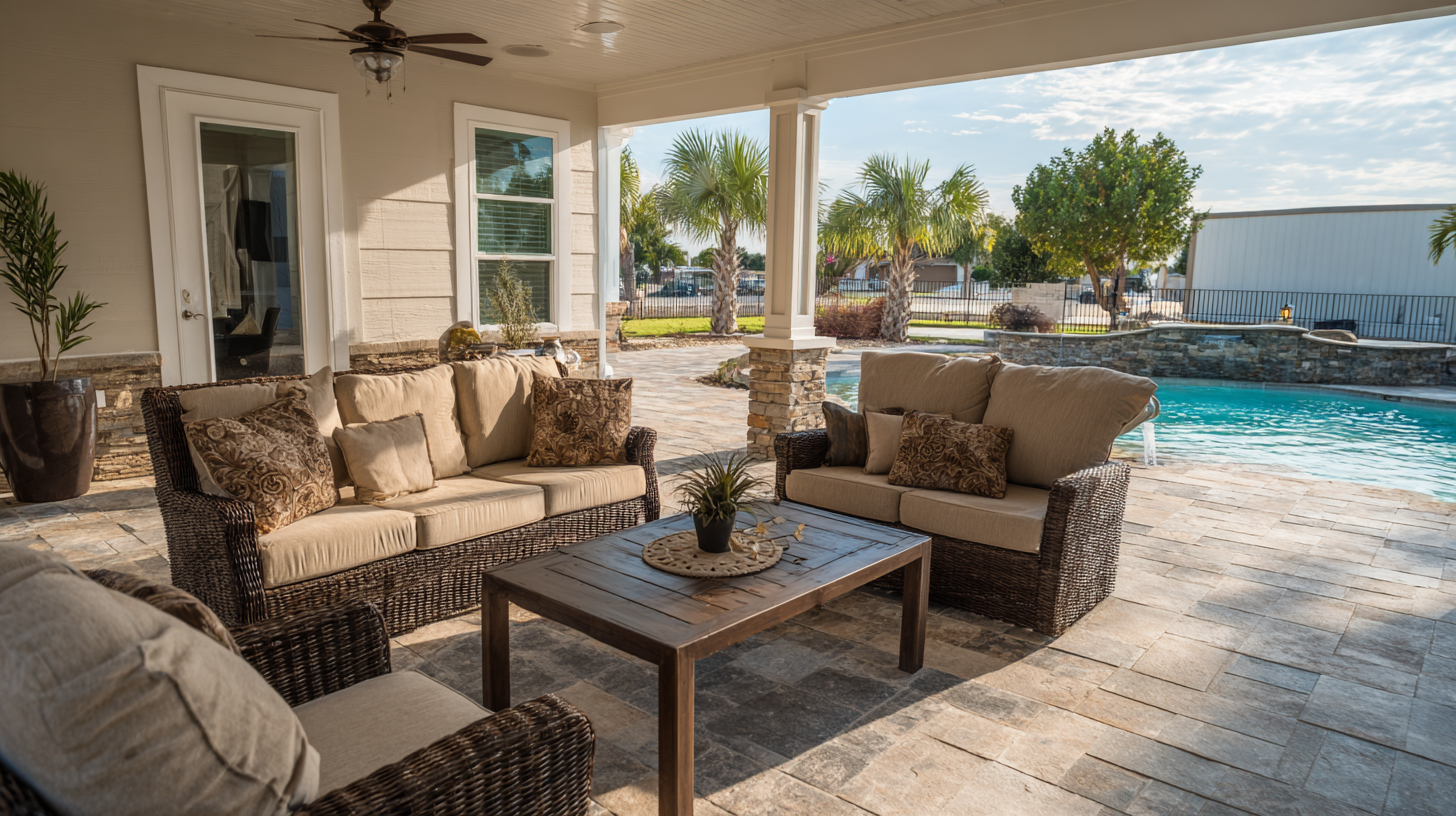 When selecting the best vinyl patio for your outdoor space, evaluating durability and weather resistance is crucial. Vinyl patios are often chosen for their long-lasting characteristics and ability to withstand various weather conditions. Look for products that contain UV stabilizers to prevent fading and cracking from prolonged sun exposure. It's also essential to consider the thickness and density of the vinyl; thicker materials will typically offer better protection against impacts and wear over time.
When selecting the best vinyl patio for your outdoor space, evaluating durability and weather resistance is crucial. Vinyl patios are often chosen for their long-lasting characteristics and ability to withstand various weather conditions. Look for products that contain UV stabilizers to prevent fading and cracking from prolonged sun exposure. It's also essential to consider the thickness and density of the vinyl; thicker materials will typically offer better protection against impacts and wear over time.
Tips: One way to assess the durability is to check for manufacturer warranties, as these often reflect the confidence a company has in their product's longevity. Additionally, consider the climate in your region; regions with extreme temperatures or high humidity levels will benefit from higher-quality vinyl designed to resist these specific challenges.
Furthermore, inspect the construction and design of your vinyl patio. Patios with reinforced corners and sturdy seams tend to hold up better against adverse weather conditions. Pay attention to the reviews from other customers who have used the product in similar conditions to yours; their insights can be incredibly helpful in determining which vinyl patio will best serve your needs while standing the test of time.
Choosing the Right Color and Texture to Match Your Outdoor Aesthetic
When selecting a vinyl patio, the color and texture are crucial factors that significantly influence the overall aesthetic of your outdoor space. According to the American Society of Landscape Architects, a well-coordinated color scheme can enhance the visual appeal of your home while providing a seamless transition between your indoor and outdoor environments. Popular choices include earthy tones such as browns and greens, which blend harmoniously with nature, while grays and whites offer a modern and clean look.
Texture also plays a pivotal role in complementing your desired aesthetic. A report from the Remodeling Magazine indicates that homeowners are increasingly opting for textured vinyl options that mimic the look of natural materials like wood or stone. These textures not only add depth but also create a more inviting atmosphere. The right combination of color and texture in your vinyl patio can elevate your outdoor area from merely functional to a stunning extension of your living space, giving it a personalized touch that reflects your style.
How to Choose the Best Vinyl Patio for Your Outdoor Space
| Color | Texture | Outdoor Style | Durability Rating |
|---|---|---|---|
| Light Grey | Smooth | Modern | High |
| Dark Brown | Textured | Rustic | Medium |
| Beige | Ribbed | Contemporary | High |
| Ocean Blue | Pebbled | Beachy | Low |
| Charcoal | Brushed | Industrial | Medium |
Considering Installation and Maintenance Requirements for Vinyl Patios
When selecting the best vinyl patio for your outdoor space, understanding the installation and maintenance requirements is crucial. Vinyl patios are known for their ease of installation; they often come in interlocking tiles or planks that can be laid over a variety of surfaces, including concrete, existing decking, or gravel. This versatility ensures that homeowners can avoid costly and labor-intensive groundwork, making it an appealing choice for DIY enthusiasts. However, it is essential to follow manufacturer guidelines to ensure proper drainage and prevent future issues, such as warping or pooling water.
Once your vinyl patio is installed, maintenance is straightforward, making it an attractive option for busy homeowners. Typically, vinyl surfaces require minimal upkeep—regular sweeping and occasional cleaning with mild soap and water are usually sufficient to keep them looking new. Unlike wood patios, vinyl does not need staining, sealing, or painting, which significantly reduces long-term maintenance costs and labor. Ensuring your patio is free from debris and slippery substances will further enhance its longevity and safety, allowing you to enjoy your outdoor space with peace of mind.
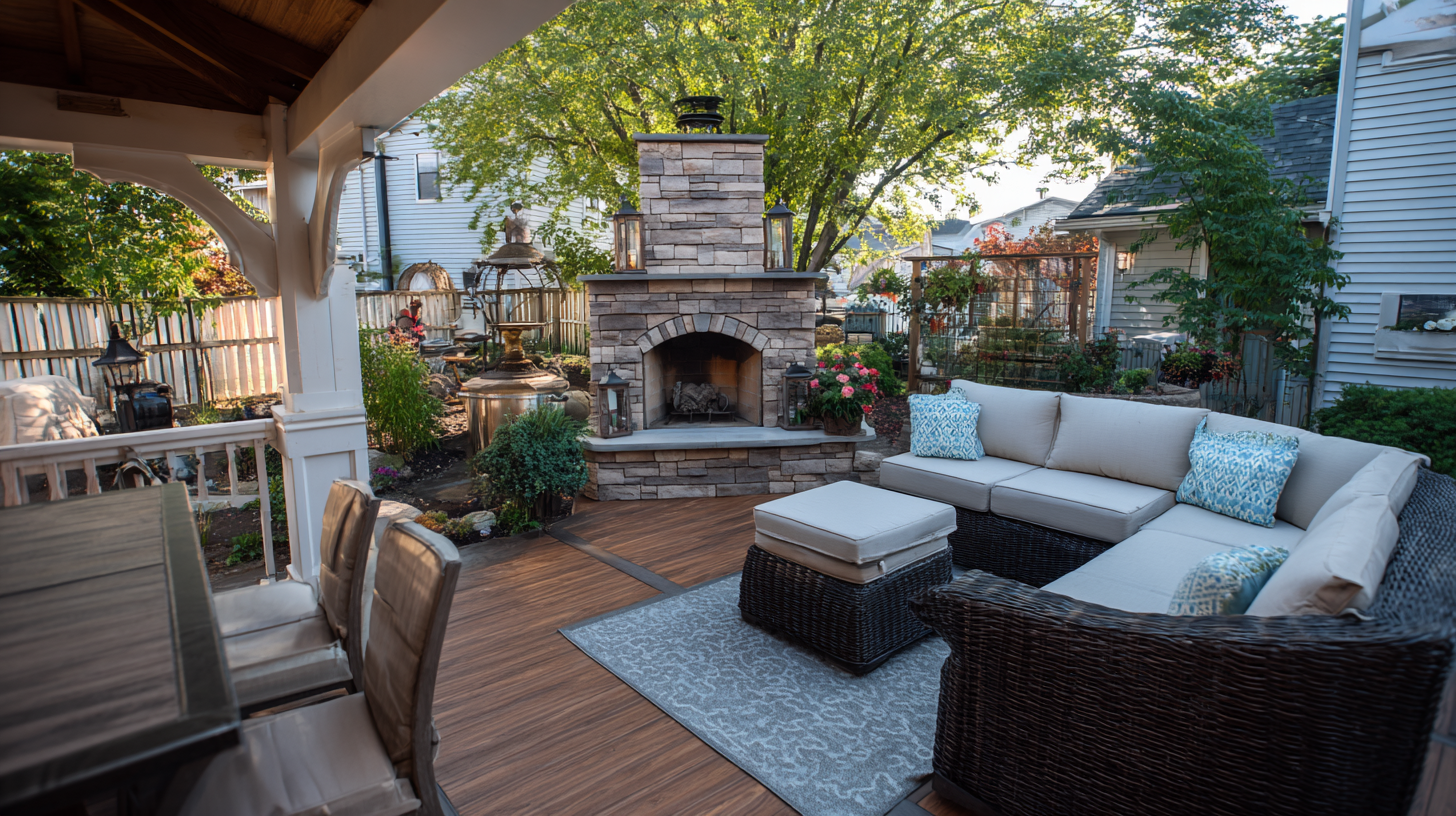
Budgeting for Your Vinyl Patio: Costs and Long-term Value
When budgeting for your vinyl patio, it's essential to consider both the initial costs and the long-term value it offers. Vinyl patio installations typically vary in price based on quality, size, and design features. While more affordable options may seem enticing, investing in higher-quality vinyl materials often pays off in the long run due to enhanced durability and lower maintenance requirements. High-quality vinyl is less prone to fading, cracking, or warping, meaning you won't have to spend extra on repairs or replacements soon after installation.
In addition to material costs, other financial factors should be considered, such as installation fees, which can vary based on the contractor's experience and the complexity of the job. It's advisable to get quotes from multiple sources to ensure you're getting a fair price. Furthermore, think about the potential increase in property value that a well-designed patio can bring. A beautiful, functional outdoor space not only enhances your enjoyment of the home but can also be a significant selling point if you decide to move in the future. Thus, while the upfront costs are a crucial consideration, the long-term value should guide your decision-making process.
Budgeting for Your Vinyl Patio: Costs and Long-term Value
Related Posts
-
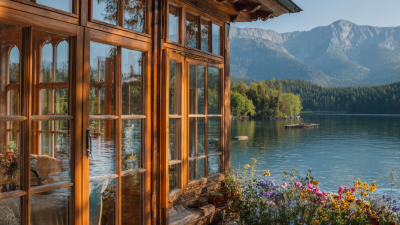
Discovering Top Suppliers for Premium Bow Windows: A Global Procurement Guide
-

How to Choose Vinyl Windows for Your Patio to Enhance Home Aesthetics
-
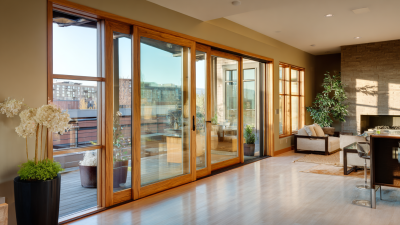
Unlocking the Secrets to Designing Best Custom Made Sliding Doors for Your Home
-

7 Compelling Reasons to Choose Vinyl Patio Doors for Your Home Upgrade
-
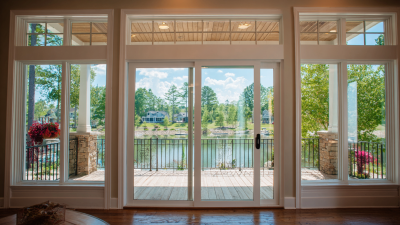
7 Tips for Choosing the Perfect Patio Doors with Windows to Enhance Your Home Value
-

Innovative Examples of Storm Patio Doors for Modern Homes